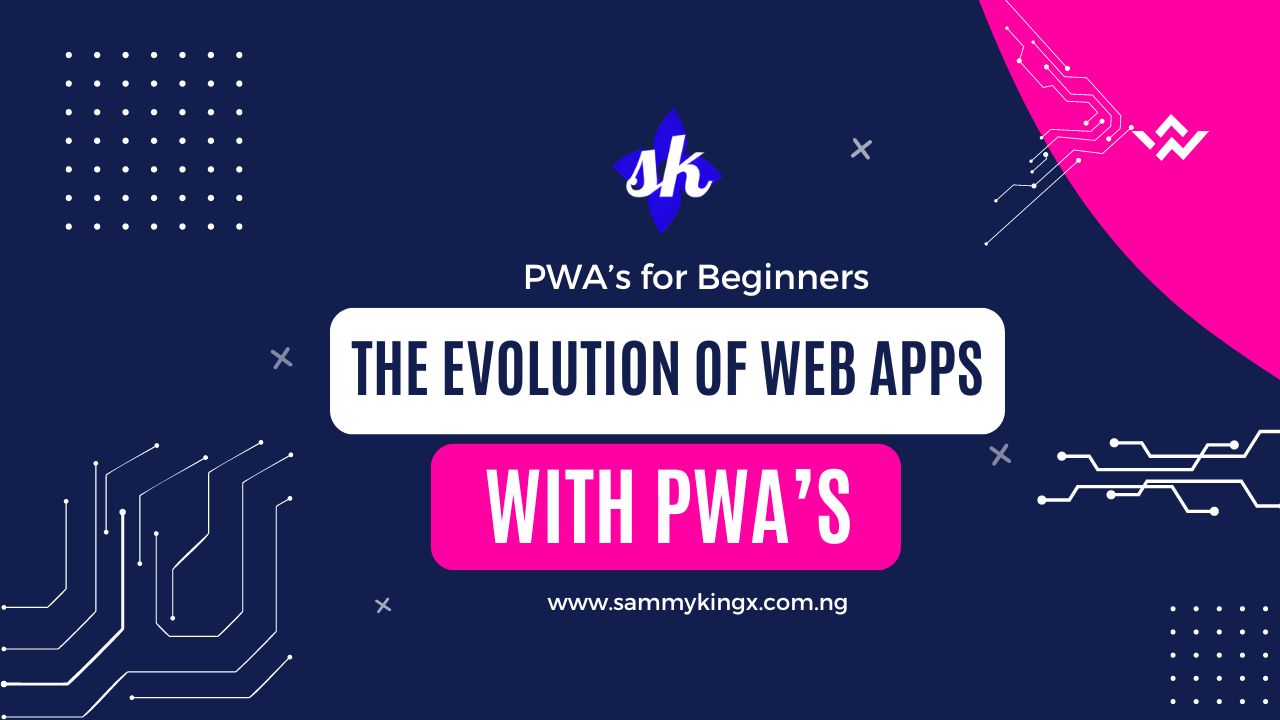Book Appointment Now

Unlocking the Power of Progressive Web Apps (PWAs)
Progressive Web Apps (PWAs), are essentially webpages that you can install on your smartphone in a similar manner to how you would install an app from the app store.
They provide a superior user experience by combining the greatest aspects of browsing a website—easy access and no need to install anything—with the fantastic benefits of mobile apps—fast access and offline functionality.
The offline-first strategy, in which apps are made to run well without a continuous internet connection, is the foundation of a PWA’s utility. This makes PWAs incredibly user-friendly and accessible, especially in situations where an online connection is not always dependable. You can still use these applications even if your internet is sluggish or unavailable.
The Magic of PWAs: Benefits and Features
PWAs bring a host of advantages that enhance the user experience and open up new possibilities for developers:
- Installability: PWAs can be installed on a user’s device, just like a native app. This means they can be launched from the home screen, providing quick access and a familiar app-like experience.
- Offline Capabilities: PWAs are designed to work offline or in areas with poor network connectivity. They can cache data and resources, ensuring that users can still access key features and content even without an internet connection.
- Push Notifications: PWAs can send push notifications, just like native apps. This powerful feature allows you to engage and re-engage users, delivering timely updates and reminders.
- Responsive and Adaptable: PWAs are built to work across various devices and screen sizes, from smartphones to tablets and desktops. They automatically adjust their layout and functionality to provide an optimal experience.
- Always Up-to-Date: Unlike native apps that require manual updates, PWAs are always up-to-date. When users visit the site, they automatically receive the latest version, ensuring they have access to new features and improvements.
- Discoverable: PWAs are easily discoverable through search engines, just like regular websites. This means users can find your PWA through organic search results, increasing its visibility and reach.
- Secure and Safe: PWAs are delivered via HTTPS, ensuring a secure connection and protecting user data. They also benefit from the security features built into modern web browsers.
Under the Hood: How PWAs Work
PWAs are built using web technologies you may already be familiar with, such as HTML, CSS, and JavaScript. However, they utilize certain features and APIs (Application Programming Interfaces) to unlock their superpowers:
- Service Workers: Service workers are the heroes behind the scenes. They act as intermediaries between the web app and the browser, allowing PWAs to work offline, handle push notifications, and provide a faster, more responsive experience.
- Web App Manifest: The web app manifest is a simple JSON file that provides important metadata about your PWA. It includes information such as the app’s name, icons, theme color, and the ability to set the splash screen. This file is what enables PWAs to be installed and launched like native apps.
- Cache API: PWAs leverage the Cache API to store and retrieve data efficiently. This allows them to load faster and work offline by retrieving cached resources when an internet connection is unavailable.
Building Your First PWA: A Step-by-Step Guide
Ready to create your own PWA? Here’s a simplified step-by-step guide to get you started:
- Start with a Basic Web App: Begin by building a simple web application using HTML, CSS, and JavaScript. This will be the foundation of your PWA.
- Add a Web App Manifest: Create a
manifest.jsonfile and include essential metadata such as the app’s name, description, icons, and theme color. This file tells the browser how to treat your web app as a PWA. - Implement Service Workers: Add a service worker to your project. This will enable offline functionality, push notifications, and other PWA features. Service workers act as intermediaries, intercepting network requests and providing cached responses when needed.
- Handle Offline Scenarios: Use the Cache API to store important assets and data that your PWA needs to function offline. You can also use service workers to intercept fetch requests and return cached responses when offline.
- Test and Debug: Use the developer tools in your browser to test and debug your PWA. Most modern browsers have built-in support for PWAs and provide tools to simulate different scenarios, like offline mode and push notifications.
- Publish and Share: Once you’re happy with your PWA, it’s time to share it with the world! Host your PWA on a web server, and users will be able to discover, install, and enjoy it just like a native app.
Real-World Examples of PWAs in Action
PWAs are not just a concept – they are already transforming the web:
- Twitter: Twitter’s PWA delivers a fast, app-like experience on the web. It offers offline support, push notifications, and a home screen icon, providing a seamless experience across devices.
- Pinterest: Pinterest’s PWA provides a smooth and engaging experience, even in areas with poor network connectivity. It loads quickly, allowing users to browse and save ideas offline.
- AliExpress: The AliExpress PWA delivers a native app-like shopping experience on the web. It offers push notifications, home screen installation, and lightning-fast performance, resulting in increased user engagement and sales.
Final Thoughts: Embracing the Future with PWAs
PWAs are an exciting evolution in web development, bridging the gap between the web and native apps. They empower developers to create fast, engaging, and reliable experiences that work across devices and platforms. As a beginner, you now have the knowledge to start building your own PWAs and delivering exceptional user experiences.
Stay tuned as we continue our exploration into the world of modern web technologies, where together, we’ll uncover more innovative tools and techniques that are shaping the future of web applications!
Happy coding, and may your PWA adventures be filled with success and endless possibilities!




